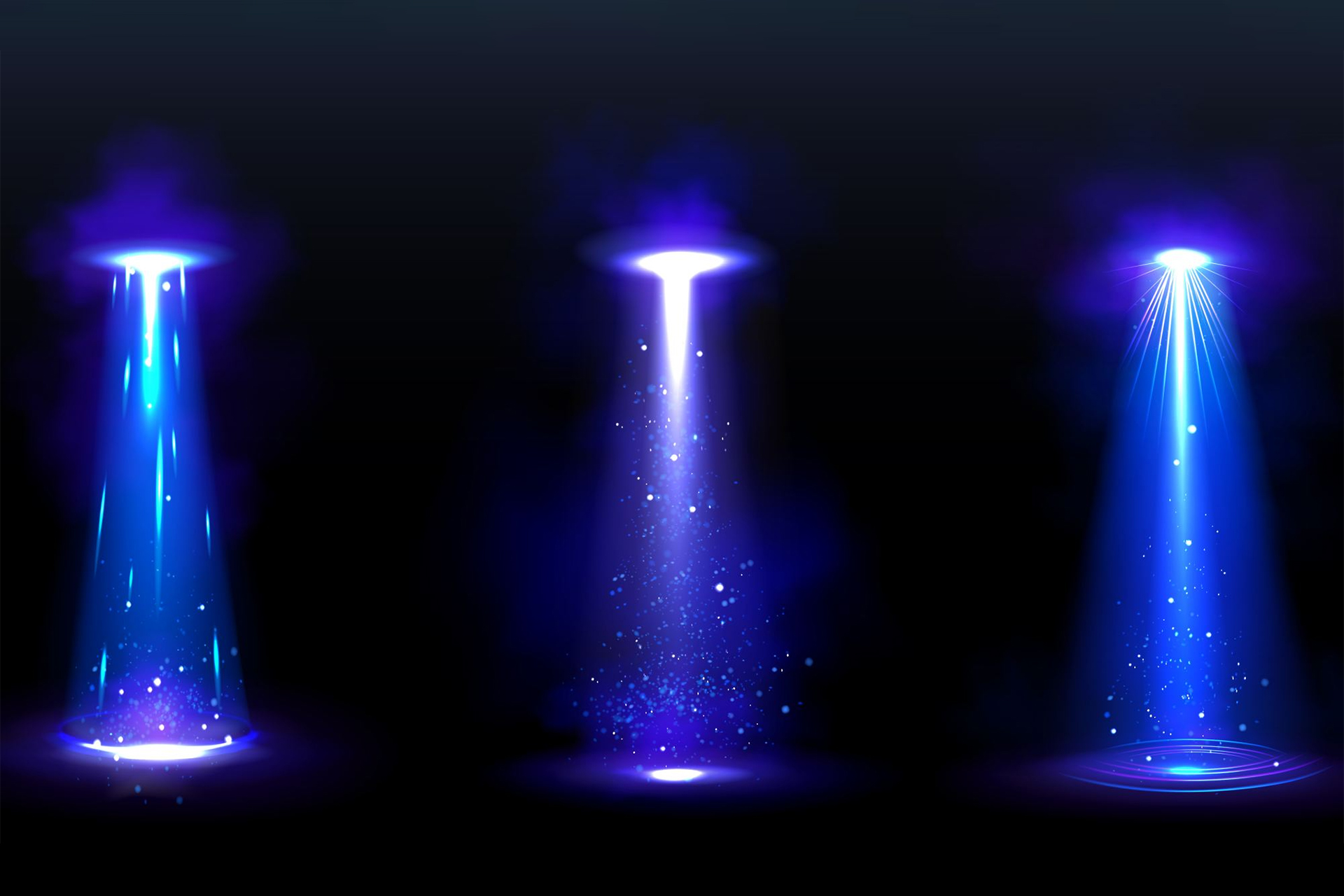If you are a fan of the "Star Trek" and "Star Wars" films and series, then you are undoubtedly familiar with the tractor beams that intergalactic spaceships launch to grab enemy ships in space and pull them towards them.
And if you want a clearer approximate picture, the pulling rays are similar to the nets or spears of ropes that the hunter launches towards the prey to paralyze its movement before pulling and controlling it.
Cloud rays have always been a staple of science fiction novels and movies that revolve around space, but they are no longer the case, and we are one step closer to making this science fiction a reality.
In a scientific achievement that opens wide horizons for harnessing and exploiting the mechanical power of light as an attractive force, a team of Chinese scientists succeeded for the first time in conducting a laboratory experiment in which they were able to produce laser beams capable of attracting larger objects visible to the naked eye.
The laser's ability to pull visible objects varies with its wavelength (Optica)
Objects visible to the naked eye
The scientists published the research paper, which includes details of the experiment, in the "Optics Express" journal, according to the press release published on the "Optica" website on January 11th.
Li Wang, from QingDao University of Science and Technology in China and leader of the research team, says that with this new method, the optical drag force has become much larger, and it can be said that it is 3 times greater than the pressure of light.
He added that the method used by the researchers to attract light from a distance and without any contact serves many different scientific experiments, and he said, "The rarefied gaseous environment that we used in the experiment is similar to the atmosphere on Mars, so our experiment promises the possibility of using it one day to attract vehicles or Aircraft on Mars.
The value of this experience is clear compared to previous scientific experiments and research in which scientists were able to produce laser beams with a small power that is only able to pull out microscopic objects that are not seen with the naked eye.
This is the first time that scientists have found a way to produce cloud rays that attract objects visible to the naked eye.
During the experiment, scientists for the first time shone a laser beam on a composite body of "graphene" and silicon dioxide in a gaseous environment in which the pressure greatly exceeds atmospheric pressure, which leads to its heating and then the matter is removed from the light.
The second time, the scientists repeated the same step, but after coating the composite body with a transparent material with low thermal conductivity, and in this case a drag force arose that attracted the material towards the source of the laser beam.
The adaptation of light by exploiting its photons and the momentum of its movement is a topic that attracts the attention of the public and scientists alike (Getty Images)
The kinetic force of light
The manipulation of light by exploiting its photons and the momentum of their movement has long been a topic that fascinates the public and scientists alike.
And it began 400 years ago, specifically in 1619, when German physicist Johannes Kepler said that the power of light had a potential effect on the direction of the comet's tail.
More than 200 years later, British physicist James Clerk Maxwell's theory explained radiation pressure.
In the past decades, scientists have succeeded in manipulating light as a mechanical force for lifting, pushing, and rotating, in vacuum, liquids, and gaseous media.
An example of this is the optical tweezers invented by the American scientist Arthur Ashkin, for which he won the Nobel Prize in 2018, and it is one of the common scientific tools that uses lasers to trap ultrafine particles such as atoms or cells.
Over the past ten years, scientists have been working on a new way to exploit light by using lasers to create an optical beam or vector capable of attracting objects and objects, but the optical attraction force was so small that it was hardly used to attract microscopic objects that are not seen by the eye. naked.
The value of the Chinese study comes from the fact that it proved the possibility of manufacturing laser beams capable of pulling objects visible to the naked eye.
Scientists stress that the study is only a proof-of-concept experiment, and is not yet a practical application.
The new technology promises many applications in the field of medicine, space missions and other fields (Optica)
Light cloud applications
In the event that cloud-ray production technologies reach a level that makes them practically valid, they promise many applications in the field of medicine and space missions, such as withdrawing dust and plasma samples from planets, moons, comets, etc., and even withdrawing particles from clouds in the Earth's atmosphere or the atmosphere of other planets.
They can also be used to deliver tiny amounts or doses of drugs to treat only the target cells without harming the rest of the cells.

